Spring Edibles To Forage
Spring Edibles To Forage
After the gloom of winter the early spring edibles to forage are a welcome sight. After a period of slim pickings during the winter months you can start to gather some highly nutritious edibles from February onwards. As the young leaves and shoots come through there are some tender sweet greens to gather.
As always though, when foraging be sure to have the land owner’s permission, ensure you have identified the correct plant and don’t take it all for yourself, after all the wildlife have had a long hard winter and need nourishment too.
Wild Garlic (Allium ursinum)
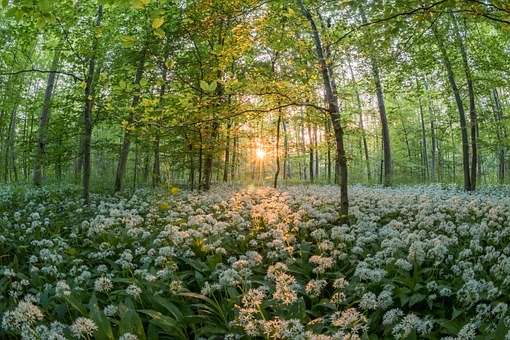 With the leaves appearing from February the aromatic wild garlic is a welcome sight early in the season and a delicious and versatile spring edible. They grow in clusters and can be found in shaded woodland and hedgerows, and when the flowers are in bloom you will smell them before you see them!
With the leaves appearing from February the aromatic wild garlic is a welcome sight early in the season and a delicious and versatile spring edible. They grow in clusters and can be found in shaded woodland and hedgerows, and when the flowers are in bloom you will smell them before you see them!
Before the flowers appear, if you are unsure if you have the right plant or not, just crush a leaf in the palm of your hand and if it is wild garlic it will have distinctive onion-garlic scent.
Both the long pointed leaves and the fragrant white flowers are edible and can be enjoyed in many forms. Add to sauces or stews, make your own wild garlic pesto, or maybe try making wild garlic bread on the camp fire. The flavour is incredible.
Garlic Mustard (Alliaria petiolata)
Also known as Jack-by-the-hedge, garlic mustard is another vibrant spring edible found from February-March onwards. The leaves have a milder garlic flavour than wild garlic but still make a great addition to an early spring salad or stew.
These heart shaped leaves have a toothed outer boarder and are hairless with a glossy sheen. When crushed they also release an onion-garlic scent, but it is not as strong as that from wild garlic. As these leaves are harder to spot, and smell, than the wild garlic be sure you have got your identification right before tucking in.
Nettles (Urtica dioica)
Nettles with their distinctive leaves are easy to spot and grow just about anywhere. New growth emerges from February onwards and it is the tender young tips that are the best parts of the plant to forage.
Packed full of iron and vitamins A & D this wild edible is very similar to spinach in nutritional value and has a similar flavour. Add to soups and stews, or make into tea or beer.
Famous for its “stinging” ability, you may prefer to wear gloves when foraging these beauties.
Hawthorn (Crataegus monogyna)
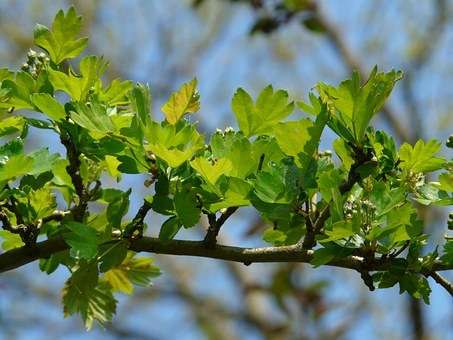 Hawthorn is known for its tough and prickly exterior, commonly used as an effective barrier and hedge line of farmland. But in early spring as the tree springs in to life its fresh delicate leaves and buds make tasty additions to salads and fresh dishes, or can be enjoyed straight from the plant.
Hawthorn is known for its tough and prickly exterior, commonly used as an effective barrier and hedge line of farmland. But in early spring as the tree springs in to life its fresh delicate leaves and buds make tasty additions to salads and fresh dishes, or can be enjoyed straight from the plant.
Historically these were a commonly foraged spring edible and the fresh young leaves and buds where referred to as ‘bread and cheese’ by foragers. The tender young leaves acting as the bread and the tasty flower buds being the cheese.
From summer onwards the leaves become tough and not as enjoyable to eat, so forage early.
Gorse (Ulex europaeus)
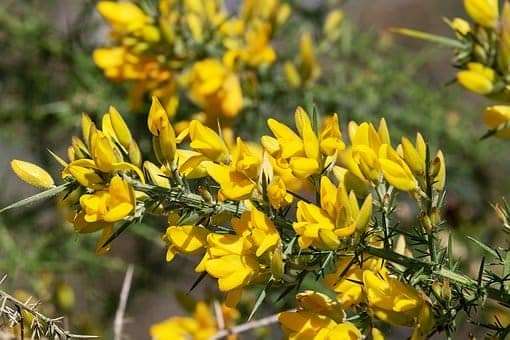 Found in well drained and sandy areas such as heathland, cliff tops and scrubland, the gorse bush with its distinctive floral bloom provides vivid colour in the early spring. The vibrant yellow flowers are edible and sweet with their enticing coconut scent and almond flavour.
Found in well drained and sandy areas such as heathland, cliff tops and scrubland, the gorse bush with its distinctive floral bloom provides vivid colour in the early spring. The vibrant yellow flowers are edible and sweet with their enticing coconut scent and almond flavour.
Care should be taken when foraging these flowers as they are well protected by the sharp thorn like leaves of the gorse shrub, but they are worth the prickly gamble!
These bright yellow flowers can be enjoyed raw eaten straight from the plant, or added to salads and puddings. Or enjoy steeped in hot water brewed as tea.
Cleavers (Gatium aparine)
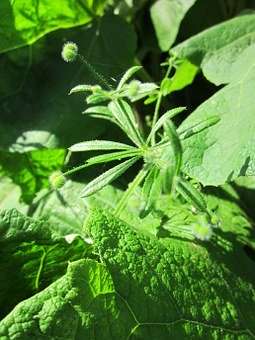 Cleavers, or Goose Grass, are easily found from February onwards, emerging along hedgerows, paths, parklands and woodland areas too.
Cleavers, or Goose Grass, are easily found from February onwards, emerging along hedgerows, paths, parklands and woodland areas too.
These spring edibles can be treated just as a vegetable, an ideal addition to soups and stews. The early young plant tops are the best part to eat as they are tender and tasty. As the plant matures it becomes bitter and fibrous, and it is better to harvest the plant tops before the seeds appear in early summer.
Once the seeds have ripened and hardened these too can be harvested, best enjoyed roasted and used as a coffee substitute.
Chickweed (Stellaria media)
Don’t be put off by its name, this spring edible is packed full of nutrients and regularly used in herbal remedies. This broadleaf weed has egg shaped leaves with pointy tips. The white flowers with elongated petals are edible too when they appear later in the season.
These make a nutritional addition to an early spring salad, stew or smoothy.
Not to be confused with the poisonous yellow pimpernel. A key identification feature to look for in the chickweed is a visible single line of hairs running down one side of the stem, if there isn’t, don’t chance it.
Dandelion (Taraxacum officinale)
Commonly found on grass verges, through out parklands, meadows and woodland dandelions are easy to forage. Their distinctive shaped leaf makes them easily recognisable, and even more so when their bright yellow flower appears in early spring too making this plant the ideal spring edible to forage. 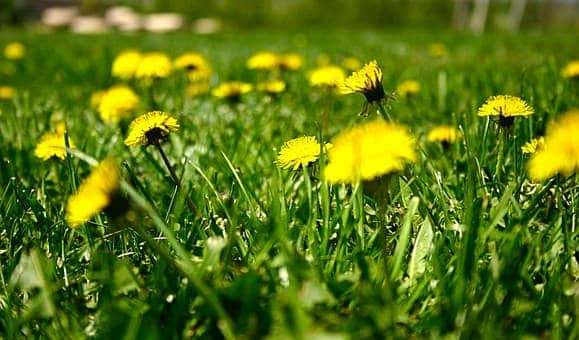
Both leaf and flowers are edible and can be enjoyed in salads or stews, or steeped in boiling water to make a tea. Just be mindful of their diuretic properties when consumed in larger quantities.
So now the days are getting longer and the new growth is coming through, it’s a great time to get out exploring and see what delicious and nutritious treats nature has to offer this spring. Just remember to forage responsibly, enjoy your findings and be sure of your plant identification- If in doubt, leave it out!

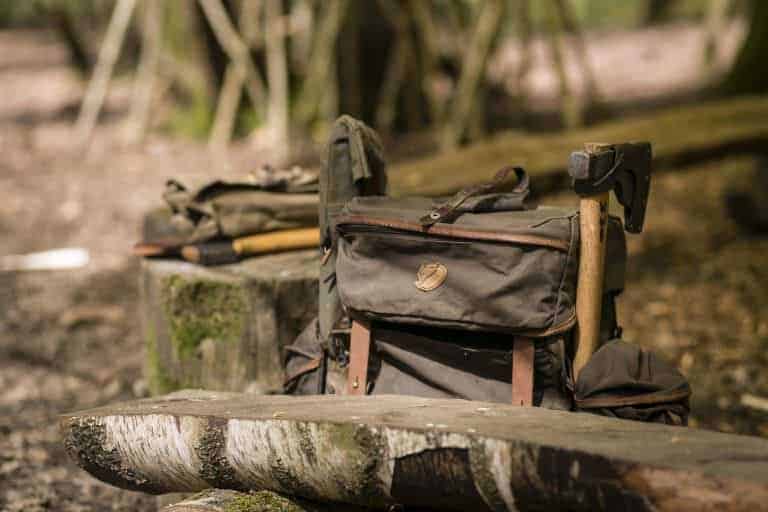
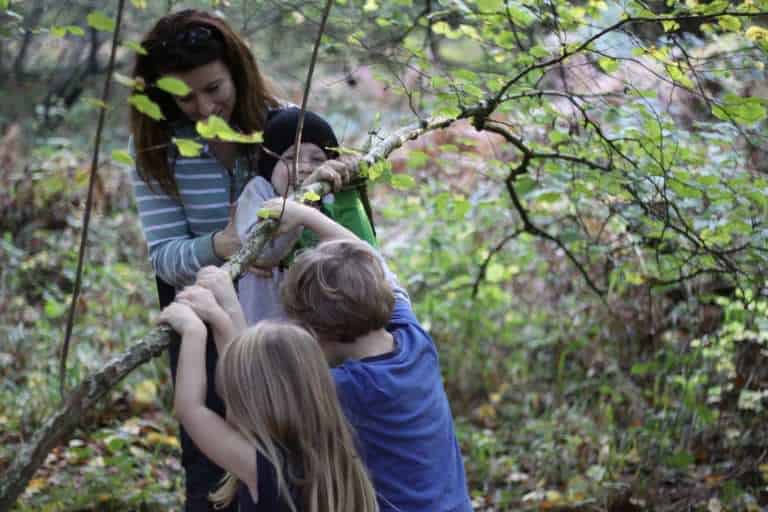
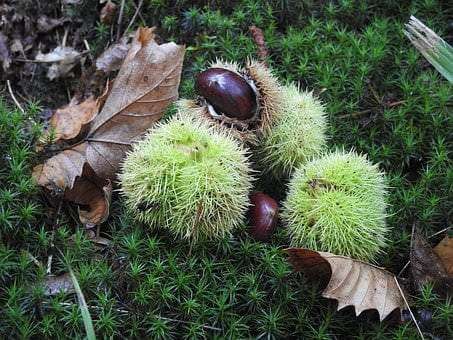

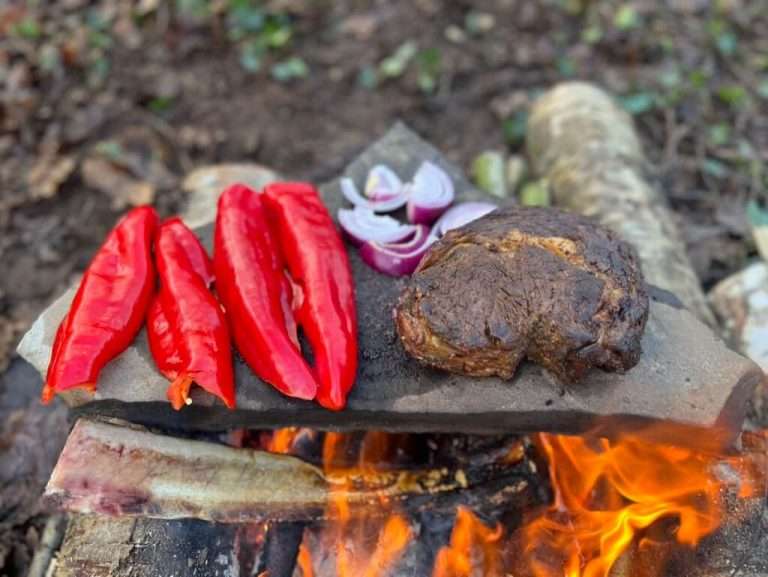
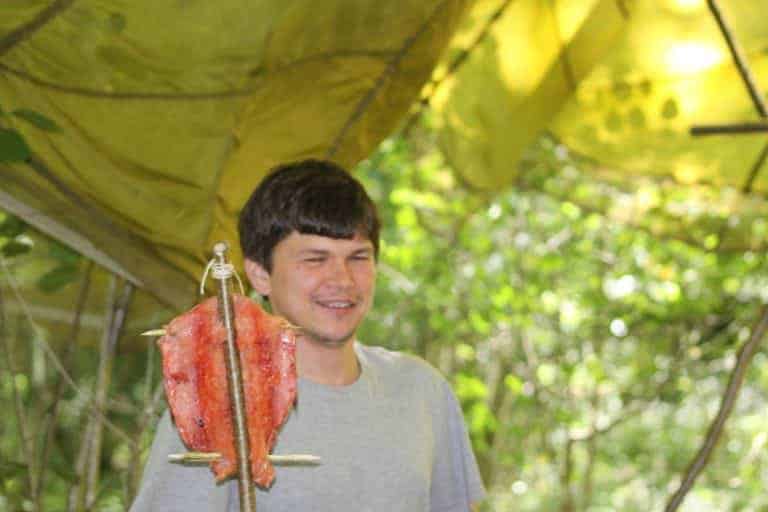
A good list. Some day I’ll get to try your bear garlic. I’d definitely recommend adding a few others I know are in the U.K.–maybe: Silene vulgaris, Aegopodium podagraria and some sort of Heracleum. I think your local species should be Heracleum spondylium. Maybe a seaweed or dulse, too? Just a thought. Killer drone shot on the home page too BTW.